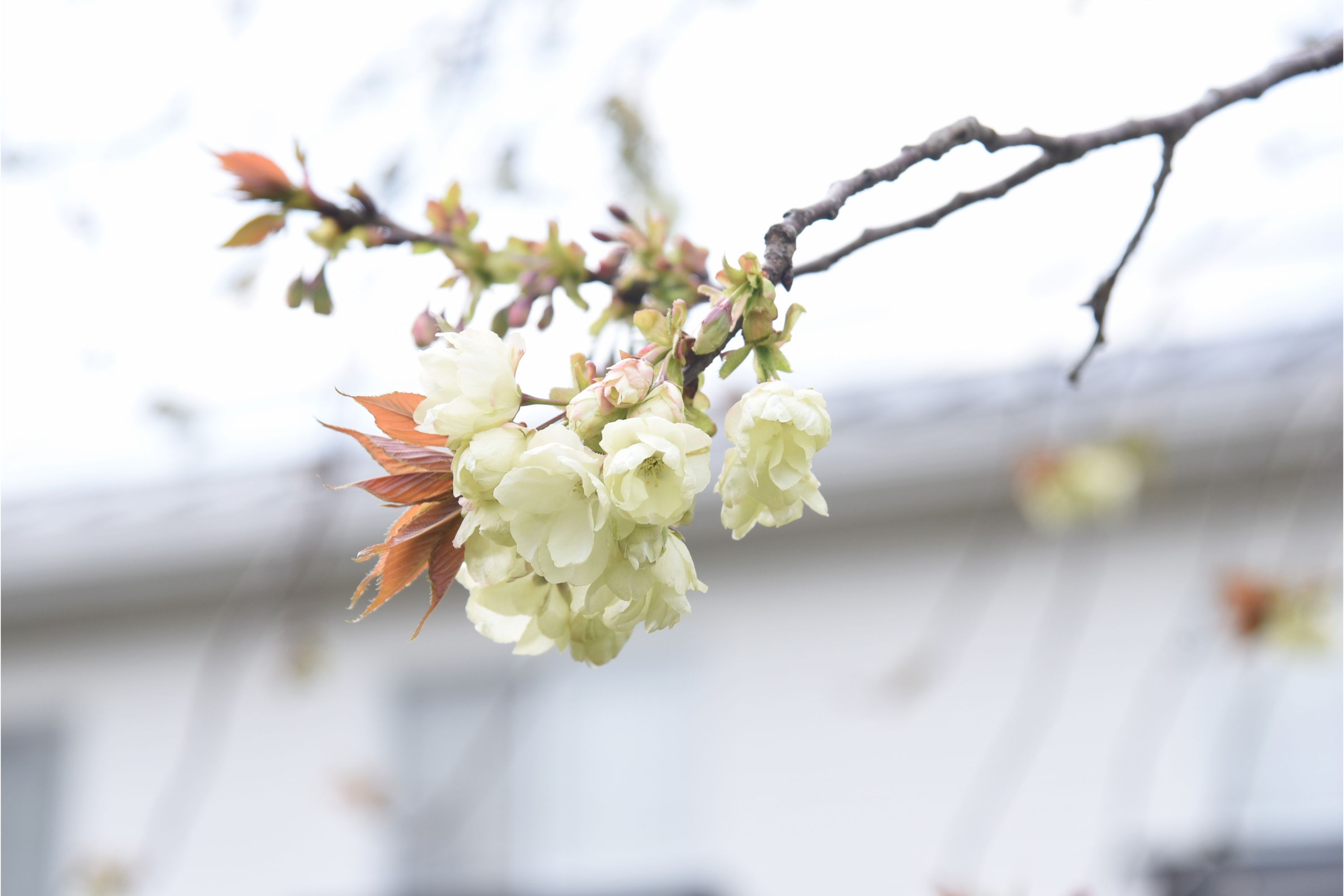Japanese plum
(Prunus salicina)

Description
Prunus salicina (syn. Prunus triflora or Prunus thibetica), commonly called the Japanese plum or Chinese plum, is a small deciduous tree native to China. It is now also grown in fruit orchards in Vietnam, Korea, Japan, Israel, the United States, and Australia. Prunus salicina should not be confused with Prunus mume, a related species also grown in China, Japan, Korea and Vietnam. Another tree, Prunus japonica, is also a separate species despite having a Latin name similar to Prunus salicina's common name. Plant breeder Luther Burbank devoted a lot of work to hybridizing this species with the Japanese plum (Prunus salicina) and developed a number of cultivars from the hybrid. Prunus salicina grows up to 10 metres (33 ft) tall, and it has reddish-brown shoots. The leaves are 6–12 cm long and 2.5–5 cm broad, with serrate margins. The flowers are produced in early spring, each about 2 cm in diameter with five white petals. The fruit is a drupe, 4–7 cm in diameter with yellow-pink flesh. It can be harvested in the summer. When fully ripe it can be eaten raw. Many different varieties of Prunus salicina, some being hybrid species, are cultivated in China. Prunus salicina is also widely cultivated in Japan and Korea. The most famous variety of this fruit in Vietnam is the Tam Hoa plum grown in Bắc Hà town, in Lào Cai Province. Japanese cultivars were introduced into the United States in the latter half of the 19th century, where subsequent breeding produced many more cultivars, generally with larger fruit. Many of these American cultivars involve hybridization with P. simonii and P. cerasifera. One of the famous cultivars is “Santa Rosa”, named after the city in California. Most of the fresh plums sold in North American supermarkets are Prunus salicina cultivars or hybrids. They are grown on a large scale in a number of other countries, for example, they dominate the stone fruit industry in Western Australia. Prunus is a genus of trees and shrubs, which includes (among many others) the fruits plums, cherries, peaches, nectarines, apricots, and almonds. Native to the northern temperate regions, 430 different species are classified under Prunus. Many members of the genus are widely cultivated for their fruit and for decorative purposes. Prunus fruit are drupes, or stone fruits. The fleshy mesocarp surrounding the endocarp is edible while the endocarp itself forms a hard, inedible shell called the pyrena ("stone" or "pit").
Taxonomic tree:







